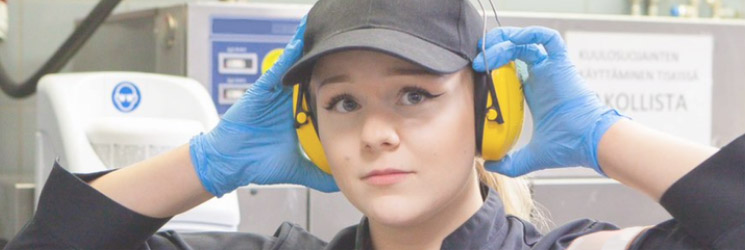

Working conditions
Medical implants
Magnitude of the risk of interference from electromagnetic fields |
|||
|
Low |
Moderate |
High |
Office worker |
x |
|
|
Checkout assistant |
x |
|
|
Childminder / Domestic cleaner |
x |
|
|
Librarian |
|
x |
|
Electric forklift operator |
|
x |
|
Train driver |
|
x |
|
Commercial kitchen worker (induction hobs) |
|
x |
|
Roofer working in the vicinity of base stations |
|
x |
|
Microwave glue dryer operator |
|
|
x |
Induction heating operator |
|
|
x |
Magnetic resonance imaging operator |
|
|
x |
Transcranial magnetic stimulation (TMS) operator |
|
|
x |
Electric welder |
|
|
x |
Plastic welder |
|
|
x |
Surgical diathermic device operator |
|
|
x |
Electrolysis plant worker |
|
|
x |
Heavy industry worker |
|
|
x |
Energy generation and supply worker |
|
|
x |
Factoring in workers with pacemakers
It is the employer’s duty to carry out an assessment of the impact of electromagnetic fields on the health and safety of their employees and especially any workers who have a pacemaker and who need to operate or work in the vicinity of the following kinds of equipment:
- demagnetisers
- welding equipment
- induction heating equipment
- metal detectors
- microwave dryers
- high-frequency heaters
- electric generators and motors
- electrochemical process equipment
- electric drills and other power tools
- powerful aerial transmitters
- powerful static magnets (magnetic resonance imaging equipment), and
- high-voltage devices.

